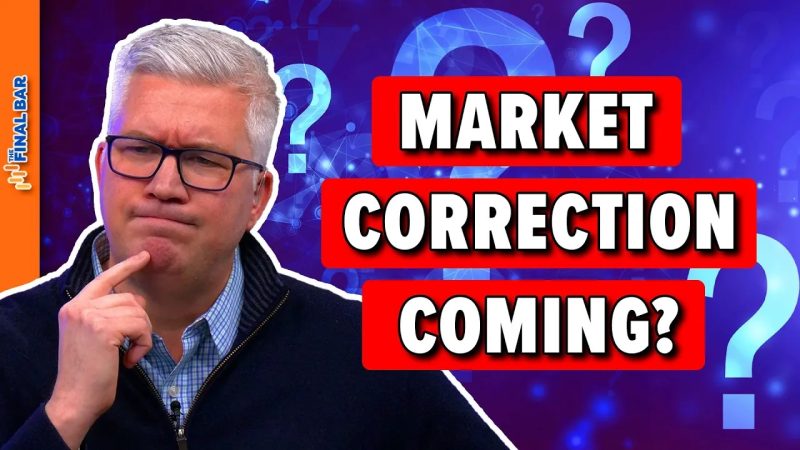The recent surge in the VIX index, commonly known as the fear gauge, has raised concerns among investors regarding a potential market correction. The VIX is a measure of anticipated market volatility derived from S&P 500 index options prices, with higher readings indicating increased market uncertainty and risk aversion among traders. The VIX spikes observed recently have led to speculation about the possibility of a market downturn or correction in the near future.
One of the key factors driving the VIX spikes is the uncertainty surrounding the economic recovery from the COVID-19 pandemic. As the global economy continues to grapple with the impact of the pandemic, investors are closely monitoring developments for any signs of weakness or potential risks to financial markets. The recent surge in COVID-19 cases in certain regions, coupled with concerns about inflation and central bank policy decisions, has contributed to heightened market volatility and an increase in the VIX index.
Another factor contributing to the VIX spikes is the ongoing geopolitical tensions and uncertainties impacting global markets. The recent escalation of conflicts in various regions, trade disputes between major economies, and geopolitical events have added to investor concerns and market volatility. Geopolitical risks can have a significant impact on financial markets, leading to sudden swings in asset prices and elevating the level of perceived risk and uncertainty.
Additionally, market participants are closely monitoring the actions of central banks and policymakers for any signals regarding future monetary policy decisions. The prospect of interest rate hikes, changes in asset purchases, or adjustments to economic stimulus measures can all influence market sentiment and contribute to fluctuations in the VIX index. Any unexpected announcements or shifts in central bank policies could lead to increased volatility and trigger a market correction.
While the VIX spikes are often associated with heightened market risks and potential corrections, it is essential for investors to maintain a balanced and diversified portfolio to navigate volatile market conditions effectively. Diversification across asset classes, regions, and sectors can help mitigate risks and protect against market downturns. Additionally, maintaining a long-term investment perspective and focusing on fundamental analysis can help investors weather short-term market fluctuations and capitalize on investment opportunities.
In conclusion, the recent VIX spikes have raised concerns about a potential market correction amidst ongoing uncertainties related to the economic recovery, geopolitical tensions, and central bank policies. While elevated market volatility can create challenges for investors, maintaining a disciplined investment approach, diversifying portfolios, and staying informed about market developments can help mitigate risks and navigate volatile market conditions effectively. By adopting a prudent investment strategy and staying resilient in the face of market uncertainties, investors can position themselves for long-term financial success.
